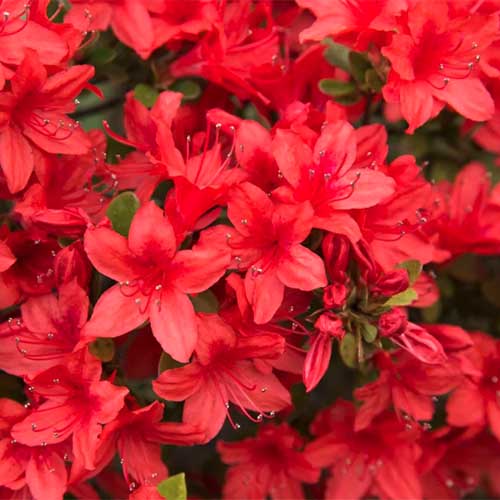- Letters: Z/ABELMO
- Words: 18
- Points: 78
- Pangrams: 1

|
The table provides clues for the roots of words in today's NY Times Spelling Bee. You're responsible for prefixes, suffixes,
tense changes, plurals, doubling consonants before suffixes, and alternate spellings of roots. An exception:
since Sam won't allow S, when the root contains an S, the clue may be for a plural or suffixed form. "Mice" for example.
If a clue isn't self-explanatory, try googling it.
The TL;DR about the site comes after the table.
Past clues are available here |
Today's puzzle
|  |
|
Table content
|
| root # | answers covered | answer's first two letters | answer's length | clue for root (answer may need prefix, suffix, tense change, alt spelling, ...) |
|---|---|---|---|---|
| 6 | 1 | AB | 6 | Large bright fire, noun/verb; or mark a new trail, verb |
| 1 | 1 | AM | 5 | Blow away with awe |
| 2 | 1 | AZ | 6 | Flowering rhododendron shrub, often red |
| 4 | 1 | BA | 5 | Slang for mouth; or American WWII anti-tank weapon, without its last two letters |
| 3 | 1 | BA | 9 | Fool or cheat someone |
| 5 | 1 | BE | 5 | Grooved ring holding the glass or plastic cover of a watch face or other instrument in position |
| 6 | 1 | BL | 5 | Large bright fire, noun/verb; or mark a new trail, verb |
| 8 | 1 | BO | 4 | Stupid, rude, or insignificant person, especially a man (originally, name of a famous clown) |
| 7 | 1 | BO | 5 | Alcohol, especially hard liquor |
| 9 | 1 | EM | 8 | Steal money you were trusted with |
| 10 | 1 | LA | 4 | Relax, idle (… around) |
| 11 | 1 | MA | 4 | Puzzle or garden where you try to get to the center |
| 12 | 1 | ME | 4 | Mediterranean appetizer platter |
| 12 | 1 | ME | 5 | Mediterranean appetizer platter |
| 13 | 1 | ME | 5 | Voice between soprano and alto |
| 14 | 1 | OO | 4 | Slowly trickle or seep out, verb/noun |
| 15 | 1 | ZE | 4 | Fervor, passion, from Jewish sect that opposed Romans |
| 16 | 1 | ZO | 4 | travel quickly, or change between close-up and long shot, or a popular video conferencing platform |
This site provides clues for a day's New York Times Spelling Bee puzzle. It exists to make it easier for Kevin Davis to take a day off. Most of the clues come from him. There may be some startup problems, but long term I think I can put the clues together with no more than half an hour's work.
The "Bee Roots" approach is to provide explicit clues for root words, not every word. This is similar to what Kevin Davis does, but without information about parts of speech As logophiles, we are pretty good at putting on prefixes and suffixes, changing tense, and forming plurals (including Latin plurals!). The clues cover root words, arranged alphabetically by root word, with a count of words in the puzzle that come from each root. For example, if a puzzle includes ROAM and ROAMING, there will be a clue for ROAM and a count of 2. The root may not appear in the puzzle at all; for example, the 2021-07-23 Bee included ICED, DEICE, and DEICED. For such a puzzle, the clue would be for ICE with a word count of 3.
The Bee Roots approach involves judgement sometimes. For example, if a puzzle includes LOVE, LOVED, and LOVELY, how many roots are needed to cover them? LOVE and LOVED share the root LOVE, certainly, but LOVELY is tricky. LOVE is part of its etymology, but by now, the word means "exquisitely beautiful," which is a lot farther from the meaning of LOVE than swithcing to past tense. I'm inclined to treat LOVE and LOVELY as separate roots. You may not agree, which is fine. Another thing we logophiles share is a LOVE of arguing about words on Twitter.
One last complication, until another one pops up: a few roots have multiple spellings, for example LOLLYGAG and LALLYGAG. Depending on the day's letters, and maybe even the editor's whims, one or both could be in the puzzle's answer list. With such roots, you could see a word count of 2, even if there are no applicable prefixes or suffixes.
I will do my best to keep this site up to date and helpful (I hope). Check it out, and tweet feedback to @donswartwout Tweet to @donswartwout
Many thanks to Kevin Davis, whose 4,500-word clue list made this possible.